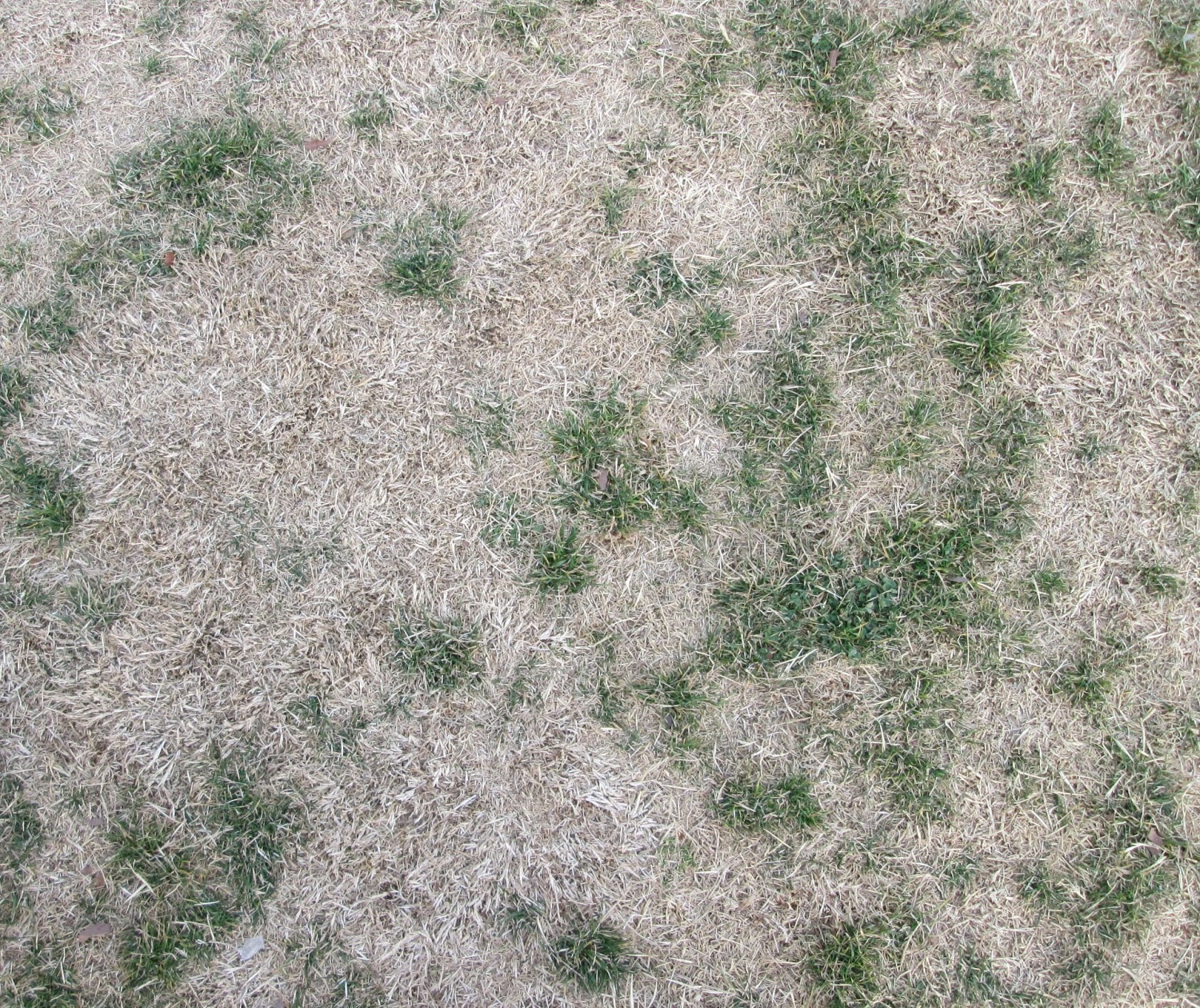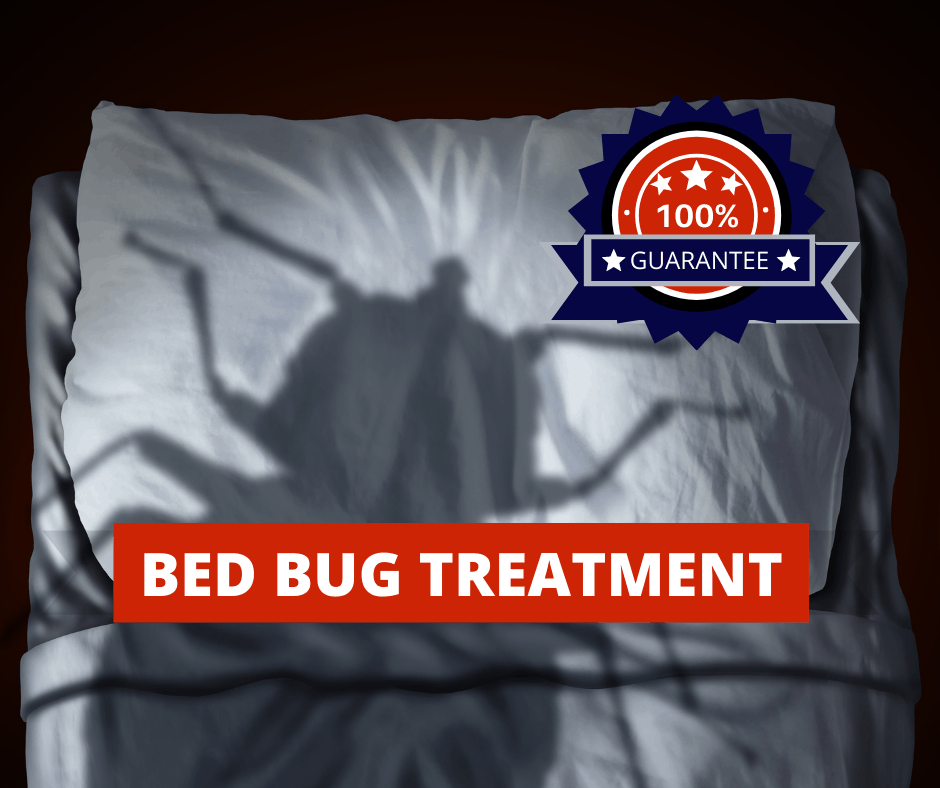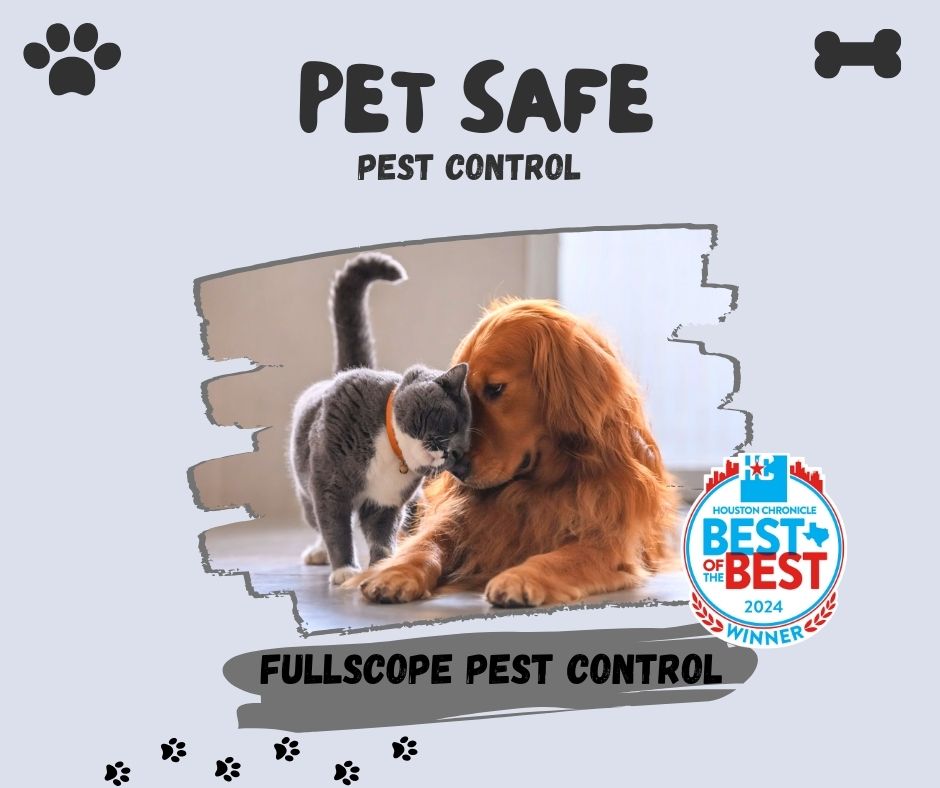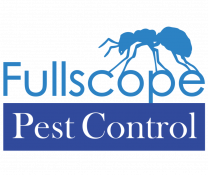The “rusts” are a group type of fungal disease affecting the open-air parts of plants, including grasses. Rust affects the plant’s leaves most commonly, but the fungus can sometimes also be found on stems, flowers, and even the fruit.
Rust disease causes red, orange, or brown patches on grass leaves (the spore pustules produced by rust disease varies in color, according to the rust fungus species and the type of spore being produced.). The spores of the fungus are spread by wind and water (rust spores are very lightweight and easily spread around), and the disease is most prevalent in humid or wet conditions. Rust disease is most common in the spring and fall, but can occur at any time during the growing season. Rust disease appears frequently during dry spells. Treatment of rust disease includes removal of infected leaves, and application of an effective fungicide.
What Does Rust Disease Look Like?
The common name for the disease, “rust,” comes from the rust-like appearance of the various spores that are often rust-colored, yellow, and/or orange. The fungus appears as red, orange, or brown patches on the grass leaves. These brightly colored symptoms can help you distinguish rust diseases from other lawn diseases. The spots develop into orange or brown pustules that, when touched, rupture easily and spread a powdery substance that’s a rusty orange in color.
The patches may be small or large, and will often be surrounded by a yellow halo. If left untreated, rust disease can kill the grass entirely.
Recomended Read : HOW TO GET RID OF A MOSQUITO IN YOUR ROOM
How Do You Treat Rust Disease?
As mentioned, treatment of rust disease involves removal of infected leaves, and the application of an effective fungicide. Fortunately, grass rust is probably the easiest lawn disease to get rid of. Apply a high-nitrogen, quick-release fertilizer, as nitrogen triggers leaf growth.
The fungicide should be applied early in the morning or evening, when the temperatures are cooler and there is less bright sunlight. Rust disease needs moisture to develop, so be careful not to overwater your lawn. Watering the lawn deeply and infrequently will also help to prevent rust disease. Mowing the lawn at the proper height for the grass type will also help to prevent rust disease. Cutting the grass too short can stress out the grass and make it more susceptible to lawn diseases like rust.
Does Lawn Rust Go Away on Its Own?
Minimizing shady areas around your lawn can help kill rust diseases and help keep it from recurring. Fungicides should only be applied to grass with lawn rust infestations in the most severe cases and before the fungus goes dormant for the winter. Lawn rust may go away on its own if it is properly fertilized with a high-nitrogen, quick-release fertilizer.
There’s plenty you can do to keep your lawn looking great, but sometimes pest problems become too much and undo all your hard work. Calling a professional lawn service is always much more cost effective and a timesaver in the long run if you feel your lawn is being overwhelmed with fungi and other pests that might be damaging the lawn’s natural beauty. Finding the right lawn service can help you deter expensive damage by getting a handle on things early on. Call our Texas FullScope lawn pest control experts today at 832-898-0190 for a free consultation. Or email us at [email protected]. We can quickly help you get your lawn problem under control, as well as other expensive problems in your home or business.






